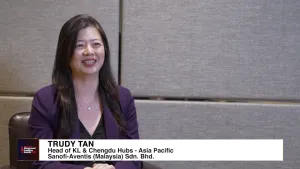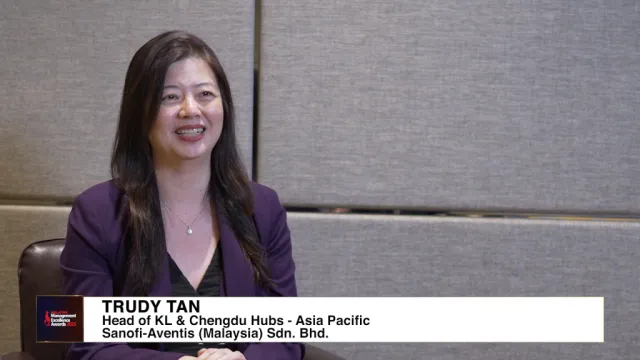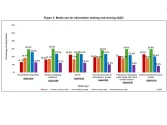
Excess of loss pricing in APAC reverts to pre-2023 levels amid market stabilisation
The renewal season reflects significant changes in market conditions compared to the previous year.
The Asia-Pacific (APAC) reinsurance market in the recent renewal season reflected a more predictable environment with a return to more traditional market dynamics. This stability, however, coexists with cautiousness, particularly in terms of capacity commitment and the assessment of risk, reflecting an ongoing balance between risk management and market growth, Gallagher Re said in their recent report.
The 1.1.24 renewal season reflects significant changes in market conditions compared to the previous year. Property catastrophe reinsurance, once considered unpredictable, has balanced supply and demand, resulting in improved returns for reinsurers.
The overall market is now calmer, with increased capacity, retained earnings, and ILS markets contributing to available catastrophe reinsurance limits.
The report titled 1st View: What a Difference a Year Makes indicated that the region's reinsurance market in the most recent renewal season indicates a shift towards a more stable and traditional environment, particularly in the excess of loss segment. Excess of loss pricing in APAC has reverted to levels similar to those before the market hardening in 2023.
Loss-free programs saw modest risk-adjusted price movements ranging from flat to a 5% increase. Programs impacted by losses faced more significant premium increases, with the extent depending on the size of the losses and historical performance.
Excess of loss capacity remained limited, with most incumbent leaders holding their positions firmly.
Following reinsurers, those who typically join in after the lead terms are set, were more cautious, waiting on the sidelines for the incumbent leaders to establish pricing and terms before making their capacity commitments.
Deductibles generally stayed consistent, except for programs with high claims frequency or in cases where buyers accepted higher deductibles in return for lower premiums.
All perils coverage continued to be a standard feature in the market. The wording of existing hours clauses, which define the period during which losses can be aggregated as one event, was largely maintained without significant changes.
Full subscription placements made a comeback, indicating an increased willingness of reinsurers to fully subscribe to risks. This return to full subscriptions also showed in the reduced need for shortfall covers or private pricing. The level of over-placement, where more reinsurance is available than required, was higher than in the last renewal but still not at the levels seen before the market shift in 2023.
For proportional treaties, where reinsurers share a proportion of premiums and losses, the renewals largely saw unchanged terms and conditions. After significant restructuring in 2023, there appeared to be a greater appetite from reinsurers under these stable terms.
ALSO READ: Asia’s Q3’23 insurance pricing flat for the second quarter in a row
Global perspective
Despite the positive shift, challenges persist. While the lack of large US wind events benefited insurers and reinsurers, there were over $100b in insured property catastrophe losses in 2023, including significant events in France, Italy, and Turkey.
Severe convective storm losses in the US surpassed USD 59 billion, impacting insurers and reinsurers.
The property market shows signs of easing capacity pressure, allowing primary companies to acquire more tail cover. Renewal pricing has been squeezed, indicating further available capacity for nationwide/global carriers.
However, challenges exist in frequency protections, leading some buyers to use structured buy-downs.
In casualty, particularly US casualty, the landscape has changed. Confidence in third-party liability lines has diminished despite primary market pricing increases.
Concerns over elevated loss inflation and the impact of COVID-19 on economic activity contribute to uncertainties. US buyers mostly purchased pro-rata, with reinsurers adjusting commission levels.
Specialty lines, including cyber and aviation, maintained buoyant capacity. The war in Gaza and the Russia/Ukraine conflict focused attention on war, political violence, and terrorism coverage. The aviation market stabilized in some areas, while cyber buyers migrated to non-proportional instruments. Specialty retrocession capacity remains tight.
2024 signifies a return to stability and predictability, fostering better understanding among all parties. Well-structured programs show signs of over-placement, providing improved conditions for buyers.
The reformation of structures and pricing in 2023 has led to more favourable trading conditions in 2024. Expectations include increased use of structured buy-downs, emphasizing client differentiation for successful results.



















 Advertise
Advertise









